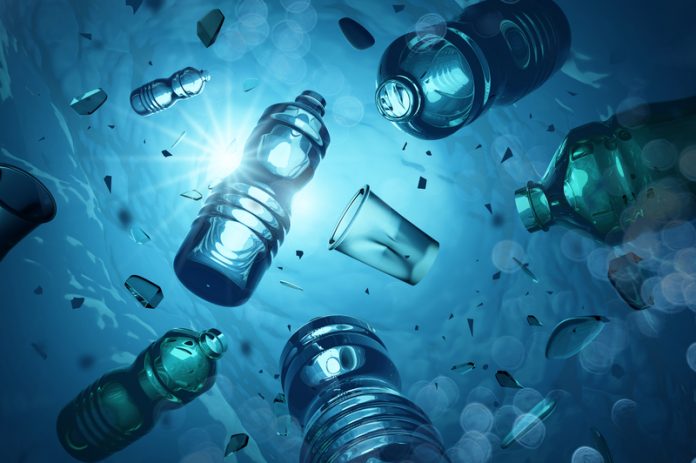Pamela J. Lein, PhD, Professor at the University of California, Davis, discusses the issue around microplastics and what we actually know
Plastic waste is a growing global problem. The negative impact of plastic debris, particularly on marine ecosystems, has been appreciated for decades. Recently we have become aware of a less obvious type of plastic waste: microplastics. Microplastics, defined as plastic fragments less than 5 mm in size, are everywhere. They are found in aquatic ecosystems, indoor and outdoor air, bottled drinking water, and foods. A recent report documenting the universal presence of microplastics in fecal samples from people in eight countries confirms that they are also in us.
There are multiple sources: Primary microplastics are purposefully manufactured as industrial abrasives or microbeads used in cosmetics. Secondary microplastics result from the physical breakdown of plastic items by wind, waves and sunlight. The primary sources of microplastics in the environment include clothing made from synthetic textiles, automotive tire wear, city dust, road markings, coatings on ships and personal care products. Everyday activities also generate them: a single load of laundry can release millions of microplastic fibers into wastewater. By some estimates, the average household generates 6 kilograms of plastic dust containing 700 billion plastic fragments every year. Humans are exposed to microplastics via the foods we consume, the water we drink, and the air we breathe.
The outstanding question is whether microplastics are harmful to humans and the environment. The World Health Organisation has concluded that routine monitoring of plastics in drinking water is not necessary because humans have ingested them for decades with no signs of serious health effects. However, a more accurate representation of the state of the science is that there is too little data available to be able to reach a conclusion. ZonMw, the Netherlands Organisation for Health Research and Development has funded 15 unique research projects to study the health risks of microplastics. Preliminary data from these studies suggests we should not assume that microplastics are safe. Using animal models and human cells, ongoing research suggests that microplastics may cross the placental barrier to gain access to fetal tissues during pregnancy, and that they may cause immune dysfunction and inflammation. The implications for human health are concerning, and it has been suggested that they may be contributing to the world epidemic of chronic inflammatory diseases.
While there are large gaps in our understanding of how microplastics interact with the human body and other ecological systems, this lack of information should not impede efforts to eliminate sources of microplastics, such as banning single use plastic items and eliminating plastic microbeads from cosmetics. Even if we enacted such steps today, microplastic pollution will continue to increase as the vast amount of plastic debris already in the environment continues to break down. This means that exposures to microplastics will also continue to increase. Therefore, it is critical to invest in research now to understand the risks posed by microplastics so we invest our resources wisely to protect human health and the environment.








